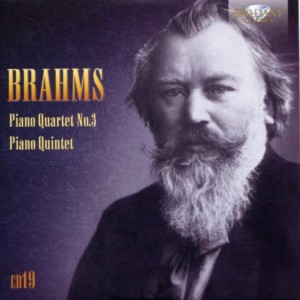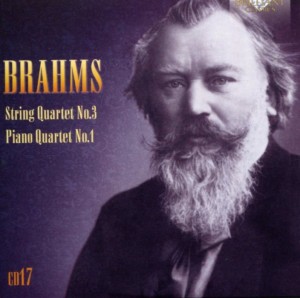To whom am I listening?
It can’t be Brahms.
Can it?
This is bold music, with an edge to it that I haven’t yet heard from Mrs. Brahms’ boy Johannes.
I was drawn in from the first chord of the piano, which rang out and then decayed. A few instruments played softly. Then another crashing piano chord. Then other instruments.
Movement II (“Scherzo: Allegro”) proved Movement I (“Allegro non troppo”) wasn’t a fluke. The music continues to be bold, unexpected, surprising, compelling.
This can’t be Brahms!
This piano concerto is dramatically different from other Brahms compositions that I’ve heard to date.
I like this.
A lot.
So much so that I award this Favorite Brahms Composition.
In the grand scheme, that doesn’t mean a whole lot. I realize that. Who cares what I think about Brahms, right?
I care. I want to remember that this particular CD was outstanding and that Continue reading


